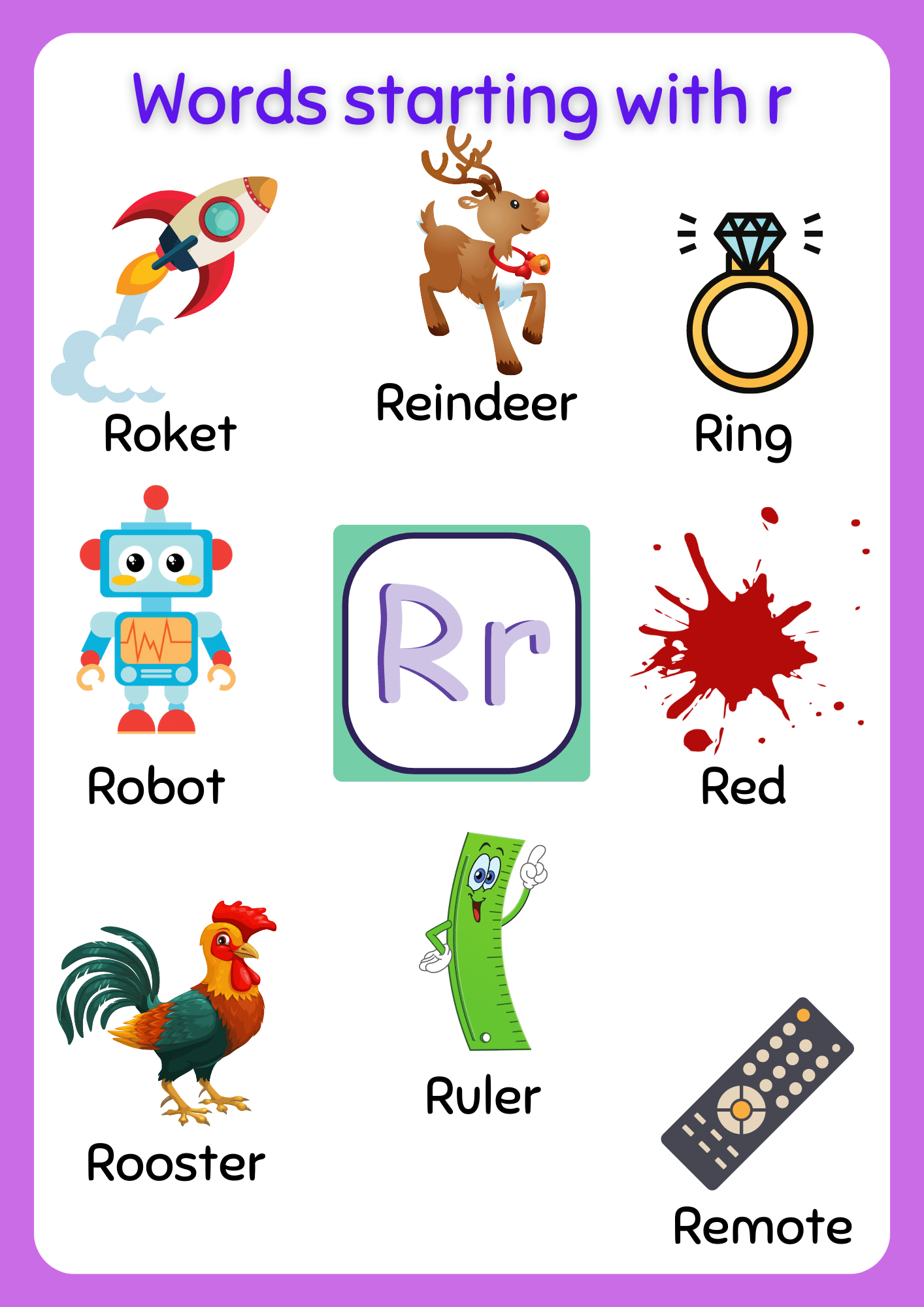Navigating The R Train Route: Your Essential NYC Subway Guide
The R train route is an indispensable artery within New York City's vast subway network, serving as a crucial link for countless daily commuters, eager tourists, and local residents alike. As an underground local subway line, it meticulously weaves its way through diverse boroughs, connecting the tranquil residential areas of Forest Hills in Queens to the vibrant waterfront community of Bay Ridge in Brooklyn. This comprehensive guide aims to demystify the R train, offering an in-depth look at its journey, operational nuances, and how to make the most of your travels along this vital transit corridor.
Understanding the intricacies of the R train route is key to a seamless New York City experience. From its historical roots to its modern-day operations, including real-time service alerts and crucial tips for navigating disruptions, this article provides all the essential information. We'll explore how to access up-to-date schedules, interpret station details, and strategically plan your trips to ensure efficiency and minimize unforeseen challenges.
Table of Contents
- Unraveling the R Train Route: A Comprehensive Overview
- Mastering Your R Train Commute: Schedules, Maps, and Stations
- Staying Informed: Real-Time R Train Service Alerts
- Navigating Disruptions: Alternate Routes and Smart Planning
- Beyond the Rails: Connecting with the R Train Network
- Essential Tips for a Seamless R Train Experience
- Your Gateway to NYC: The R Train's Broader Impact
Unraveling the R Train Route: A Comprehensive Overview
The R train route is more than just a line on a map; it's a lifeline that stitches together some of New York City's most iconic neighborhoods and bustling commercial districts. As a local service, it makes stops at every station along its designated path, providing essential access to countless destinations. This characteristic makes it a preferred choice for those needing to reach specific local points rather than just express connections between major hubs. Understanding the full scope of the R train's journey and its historical context provides a deeper appreciation for its role in the city's daily rhythm.
The R Train's Core Journey: From Forest Hills to Bay Ridge
At its heart, the R train is an underground local subway line in New York City that runs from Forest Hills in Queens to Bay Ridge in Brooklyn. This extensive route takes passengers through a fascinating cross-section of the city, primarily via Queens Blvd, Broadway in Manhattan, and 4th Avenue in Brooklyn. Beginning its northbound journey in Forest Hills, Queens, it traverses beneath the bustling streets, making its way into Manhattan. Here, it navigates the intricate subterranean pathways of Broadway, serving key areas like Midtown and Lower Manhattan before crossing under the East River into Brooklyn. Once in Brooklyn, the R train continues its southward trajectory along 4th Avenue, providing vital connections to neighborhoods such as Downtown Brooklyn, Park Slope, Sunset Park, and finally, reaching its terminus in Bay Ridge. This comprehensive path ensures that residents and visitors have reliable access to a wide array of destinations, from residential enclaves to commercial centers and cultural landmarks. The sheer length and diversity of the R train route underscore its importance as a foundational element of the NYC transit experience.
A Glimpse into the R Train's Rich History
The history of the R train is intertwined with the evolution of New York City's subway system itself. While the specific "R" designation came later, the tracks it utilizes date back to some of the earliest expansions of the city's underground network. The sections of the BMT (Brooklyn-Manhattan Transit Corporation) Broadway Line and Fourth Avenue Line, which form the backbone of the current R train route, were instrumental in connecting Brooklyn and Queens to Manhattan, facilitating the growth and development of these boroughs. Over the decades, the line has seen various service changes, re-routings, and operational adjustments to adapt to the city's ever-changing needs. Understanding this historical context helps to appreciate the complexity and resilience of the R train, a line that has continually adapted to serve generations of New Yorkers. Efforts to improve the line are ongoing, reflecting a commitment to modernizing and enhancing the commuter experience, ensuring the R train remains a vital part of the city's future.
Mastering Your R Train Commute: Schedules, Maps, and Stations
Efficiently navigating the R train route requires more than just knowing its general direction; it demands familiarity with its operational details. For a truly seamless journey, it's essential to consult reliable sources for schedules, route maps, and station information. The Metropolitan Transportation Authority (MTA) is the official source for all such data. You can see the full schedule and route on map for Line R by MTA (Subway), which provides a comprehensive visual guide to its stops and connections. This map is invaluable for planning your trip, whether you're a daily commuter or an occasional rider. Beyond the map, accessing arrival times for your specific station is crucial for minimizing wait times on platforms. Many digital platforms and the official MTA website offer real-time arrival predictions, allowing you to time your entry into the station perfectly. When it comes to station access, it's important to note that while the main exit and entrance points are listed for every station, there may be additional exits that aren’t listed. These unlisted exits can sometimes offer more direct routes to your destination or provide alternative access points during peak hours. Therefore, always keep an eye out for signs within the station. For comprehensive New York transportation service information, maps, schedules, fares, tolls, and more, official MTA resources are your best bet. These resources ensure you have the most accurate and up-to-date information at your fingertips, making your R train journey as smooth as possible.
Staying Informed: Real-Time R Train Service Alerts
In a dynamic city like New York, the R train route, like any major transit line, is susceptible to unforeseen disruptions. Staying informed about these changes in real-time is paramount for efficient travel and is a key aspect of the YMYL principle for transportation. Nyc subway R train service alerts are regularly issued by the MTA to keep passengers updated. To see additional information about any active disruptions that may impact the NYC subway R train, such as major delays, closed stops, signaling issues, skipped stops, trip cancellations, or other service changes to the subway train, it is highly recommended to open the transit app. These apps, often directly linked to MTA data feeds, provide instant notifications and detailed explanations of issues. For instance, if you're wondering "Is the R train running?" or "Is the R train running today?", a quick check on a reliable transit app or the MTA website will provide the most current answer. Beyond just knowing if the train is running, these platforms also allow you to find out what the current status, delays, and statistics are by hour. This level of detail empowers you to make informed decisions, such as whether to wait, seek an alternative route, or adjust your travel plans entirely. Given the potential impact on your time and daily schedule, actively monitoring these service alerts is an indispensable habit for anyone relying on the R train for their daily commute or leisure travel.
Navigating Disruptions: Alternate Routes and Smart Planning
Even with the best planning, disruptions to the R train route can occur, necessitating quick thinking and knowledge of alternative options. Being prepared for such scenarios is a hallmark of an experienced urban traveler. When the R train faces significant delays or service changes, having a backup plan can save you considerable time and stress. For example, if you're traveling to 53 St and 45 St and the R train is experiencing issues, you might be advised to take the N train, which often shares tracks or has parallel routes in certain sections. This concept of "train alternates" is crucial for navigating the subway system effectively. To thoughtfully structure your travel plans, it's beneficial to access the train schedule and route details, complete with arrival, departure, and halt times. This detailed information allows you to determine the number of stops prior to your destination and gauge the train's average delay. By understanding typical delays and historical running status of the train, you can build in buffer time, or decide if an alternative mode of transport, like a bus or another subway line, would be more efficient. Utilizing this information allows you to proactively adjust your itinerary, ensuring you reach your destination with minimal disruption. The ability to adapt to service changes by leveraging alternative routes and detailed schedule data is a key skill for any frequent R train rider, transforming potential frustration into a manageable inconvenience.
Beyond the Rails: Connecting with the R Train Network
The R train route doesn't operate in isolation; it's an integral part of a vast, interconnected transit ecosystem. Understanding how it links with other lines and how its service adapts to different times of the week is crucial for anyone planning to use it. This interconnectedness allows for flexibility in travel, but also introduces complexities that require attention, particularly regarding transfers and schedule variations. Furthermore, the R train, like the entire MTA system, is continuously subject to improvements and changes, which can impact daily travel and future planning.
Understanding Transfers and Schedule Variations
One of the most important aspects of navigating the R train route is understanding its transfer points and how its schedule can vary. Listed transfers are based on the weekday schedule and may vary significantly. This means that while certain connections might be readily available during peak weekday hours, these routes might be different on weekends and late nights. For instance, some express lines that offer convenient transfers during the week may not run at all, or run on a reduced schedule, during off-peak times. This necessitates checking the schedule specific to your travel time. Always consult the latest MTA schedule for your planned journey, especially if you're traveling outside of standard weekday hours. Being aware of these variations helps in planning seamless journeys and avoids unexpected delays or missed connections. The dynamic nature of the subway system means that flexibility and up-to-date information are your best allies when planning any trip involving transfers on the R train.
Future Outlook: Service Changes and Proposals for Improvement
The R train, like all lines in the New York City subway system, is not static. It is continually subject to service changes and proposals for improvement. These can range from temporary reroutes due to maintenance work to long-term infrastructure upgrades aimed at enhancing efficiency, capacity, and reliability. For example, signal modernization projects or station accessibility improvements can lead to temporary disruptions but promise a better rider experience in the long run. The MTA regularly announces these changes, often well in advance, through its website, station signage, and transit apps. Staying informed about these proposed improvements and planned service changes can help riders anticipate future travel impacts and understand the ongoing efforts to enhance the R train route. This forward-looking perspective is vital for regular commuters and demonstrates the MTA's commitment to evolving its services to meet the demands of a growing city.
Essential Tips for a Seamless R Train Experience
To truly master your R train experience and ensure a smooth journey, a few practical tips can make a significant difference. Firstly, always have a reliable transit app on your smartphone. As mentioned, these apps provide real-time R train service alerts, showing you exactly where your train is, estimated arrival times, and any immediate disruptions. This proactive approach helps you avoid unnecessary waits on platforms or unexpected reroutes. Secondly, familiarize yourself with the New York transportation service information, maps, schedules, fares, tolls, and more available on the official MTA website. This comprehensive resource is your ultimate guide to the entire NYC transit system, including detailed fare options and service advisories. Thirdly, be mindful of peak hours. The R train, being a local line that traverses major commercial districts, can get extremely crowded during morning and evening rush hours. If possible, adjust your travel times to slightly before or after these periods for a more comfortable ride. Fourthly, always be aware of your surroundings and personal belongings, especially in crowded stations or trains. Lastly, don't hesitate to ask for help. Station agents or fellow commuters are often willing to assist if you're lost or unsure about your route. By integrating these tips into your travel routine, you can transform your R train commute from a potential challenge into a predictable and efficient part of your daily life in New York City.
Your Gateway to NYC: The R Train's Broader Impact
The R train route serves as far more than just a means of transportation; it's a vital artery that connects the diverse fabric of New York City. Its extensive path from the residential tranquility of Forest Hills to the vibrant community of Bay Ridge means it facilitates access to a myriad of opportunities across different boroughs. For residents, it's the daily link to jobs, schools, and essential services. For tourists, it's a convenient gateway to explore iconic Manhattan landmarks along Broadway, delve into the cultural richness of Queens, or discover the unique charm of Brooklyn neighborhoods. The R train's role as a local line ensures that even smaller, less prominent stations receive regular service, fostering accessibility and supporting local economies. It's a testament to the city's commitment to comprehensive public transit, allowing people from all walks of life to navigate and experience the vastness of New York. In essence, the R train embodies the spirit of connectivity, making the sprawling metropolis feel more accessible and unified for everyone who steps aboard.
Conclusion
The R train route stands as a cornerstone of New York City's public transportation system, offering a vital link across Queens, Manhattan, and Brooklyn. From its detailed schedule and comprehensive route maps to the critical real-time service alerts that keep commuters informed, understanding this local line is essential for efficient urban navigation. We've explored its journey from Forest Hills to Bay Ridge, delved into its historical significance, and highlighted the importance of staying updated on service changes and potential disruptions. By utilizing official MTA resources, transit apps, and practical tips for navigating transfers and peak hours, riders can ensure a smooth and predictable journey on the R train.
We hope this comprehensive guide empowers you to confidently navigate the R train route, making your New York City travels as seamless as possible. What are your go-to tips for riding the R train? Share your experiences and insights in the comments below, or share this article with fellow New Yorkers and visitors who could benefit from these essential travel insights!
- Cierra Mistt Leaked
- How To Access Your Raspberry Pi Remotely
- Sone 793
- Jaishree Gaikwad Web Series List
- Hoda Kotb Engaged

Top 999+ r letter images hd – Amazing Collection r letter images hd Full 4K

English words starting with r Archives - About Preschool

What is R? - The Statistical Computing Powerhouse | DataCamp